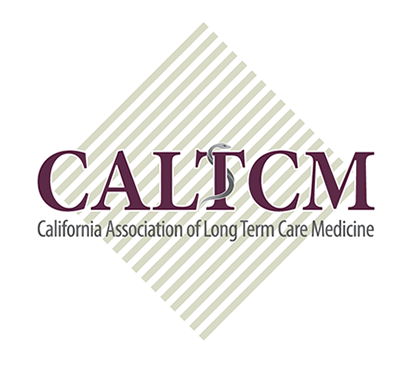Important CDPH AFL of Sept 12 that Updates COVID Testing/Response Guidelines
The 9 page (AFL-20-53 ) update should be studied by management in the SNF and hospital setting since it sets expectations for testing during care transitions, dialysis care, and outbreaks. In addition, it creates a new expectation that all HCP will be tested weekly, even when in surveillance mode. The guidance allows for routine use of Antigen testing rather than exclusive use of RT-PCR testing. This should allow facilities to have immediate test results. The tracking and reporting requirements for testing results in symptomatic and asymptomatic persons are also addressed.

